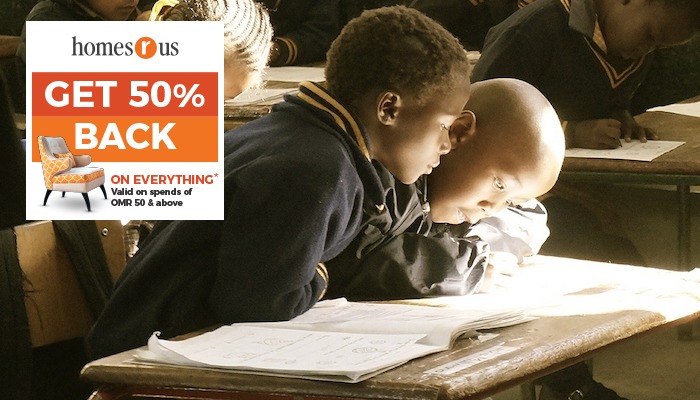
Leipzig (Germany): A recent study conducted in Hungarian schools showed that seating students next to each other boosted their tendency to become friends -- both for pairs of similar students and pairs of students who differed in their educational achievement, gender, or ethnicity.
The findings of the study were published in the open-access journal 'PLOS ONE'.
The study
Julia Rohrer of the University of Leipzig, Germany, and colleagues conducted an experiment in which they created randomised classroom seating charts for 2,966 students in grades 3 through 8 across 40 schools in rural Hungary.
The students remained in their assigned seats for one semester, at the end of which they reported their friendships in a survey.
Statistical analysis of the students' demographics and reported friendships showed that sitting next to each other increased the probability of their becoming friends from 15 to 22 per cent.
The propensity toward friendship increased for all pairs of students, including those who differed in their educational achievement, gender, or ethnicity.
However, the researchers found, the number of friendships increased more for similar versus dissimilar pairs of students.
This was because the baseline propensity toward friendship started out higher for similar students, so seating them next to each other pushed more of them past a threshold into an actual friendship than did seating dissimilar students together.
Seating charts
However, overall their findings suggested that seating assignments could be effective tools in promoting diverse friendships, which could help foster social skills and improve attitudes about those in other demographic groups.
Senior author Felix Elwert said, "Friendship networks can divide people, because humans mostly befriend others that are just like them. We found that sitting next to each other increased friendship potential for all children. This demonstrates that simple ('light-touch") interventions can effectively diversify friendship networks."
Keller concluded, "Students in early adolescence make friendships with the same sex peers -- a feature that is difficult to change with light-touch seating chart interventions. Similarly, the goal to establish inter-ethnic friendship ties might require more intensive interventions."